Finalists to Microsoft / Unity $150,000 HoloLens app contest announced, to some controversy
7 min. read
Published on
Read our disclosure page to find out how can you help MSPoweruser sustain the editorial team Read more

In May 2017 Microsoft and Unity announced a new contest worth $150,000 to encourage developers to create apps for the Microsoft HoloLens.
The vast majority of HoloLens apps use Unity, and the companies are offering prizes as large as $100,000 for the best HoloLens app idea, which can then be developed into a full app over the course of the contest. Developers could simply apply for the contest by sending in a proposal consisting of art, video, and full details of the idea. Unity and Microsoft would then select 10 finalists and supply them with a HoloLens Development Edition Kit to make their idea a reality.
The apps should solve a problem users have at work, home or hospital, with a clearly defined target and offer HoloLens-focused solution.
Microsoft and Unity has now announced the 10 finalists on Unity’s website, after receiving more than 1000 applications.
The finalists are listed below:
Project: The Emperor Norton Bridge a.k.a the Bay Bridge / San Francisco-Oakland Bay Bridge
Summary:
The purpose of this project is to create a HoloLens app for entertainment and education. The entertainment aspect is a) navigating around the bay and bridge to watch a light show set to music, and b) interacting with the lights. The educational side is about Joshua Norton. Joshua Norton lived in San Francisco during the gold rush, where he made and lost his fortune. He disappeared for a year after his loss, returning as Norton I, The Emperor of the United States, a deed cementing his status as one of San Francisco’s fabulous eccentric and lovable characters. Among many of his published proclamations, the Emperor proclaimed this bridge be built (back in 1872) and in several separate instances, that all people ought to be treated equitably. Here was a man living well ahead of his time!Developer:
Julie DriverProject: Music Everywhere
Summary:
Music Everywhere is an augmented reality piano learning tool that focuses on teaching improvisation in blues, rock, jazz and classical styles. Students at the piano can engage with interactive lessons, watch virtual hand demonstrations, see and hear example improvisations, and play their own solos and accompaniment along with AR-projected virtual bands and musicians.Developer:
Seth GlickmanFounded in May 2017. Based in Pittsburgh, PA.
https://www.music-everywhere.co
https://www.facebook.com/musiceverywhr/
Project: The Thin Red Line
Summary:
“The Thin Red Line” enables users to simulate fighting everything from small kitchen fires to fighting fires using the techniques and training required by professional Firefighters. Users of the application will learn everything from basic fire safety to advanced techniques used in firefighting.Developer:
Todd Barron is an IT professional, volunteer certified Firefighter, and Emergency Medical Technician for the State of Colorado through Timberline Fire Protection District and has been working on this concept since HoloLens was announced.Project: ZOOO
Summary:
You will be able to summon animals and imaginary animals everywhere.
So, you can experience the zoo anywhere.We have released HoloGiraffe on Windows store. It will enable you to summon a giraffe.
HoloGiraffePV:
HoloGiraffe is a trial version of ZOOO, and ZOOO makes more animals appear!Developer:
Kazuya NoshiroProject: HOLO BUTTERFLIES
Summary:
Experience your space filled with beautiful and delightful virtual butterflies that you and your friends have designed in the real-world using traditional art.Simply draw, scan, then experience them come to life around you – one or a hundred – as many as you like. Watch them, interact with them, or even catch them with your virtual net – but be gentle.
Holo Butterflies is a fun interactive experience for people of all ages.
Developer:
Peter KochProject: Mixed Reality Collaboration Service
Summary:
The Mixed Reality Collaboration Service helps organizations design and build shared experiences for Microsoft HoloLens, Windows Mixed Reality Immersive Headsets, and Windows 10 PCs. This technology allows collaboration in real time from remote locations, enabled by life-size 3D avatars and spatial audio chat. Through this service, organizations can improve communications between dispersed teams, regardless of their location, with efficient viewing and discussion of the same 3D models as if everyone is in the same location.Developer:
Michael Hoffman and Raven ZacharyProject: Titan
Summary:
The application submitted is called “Titan” and is a virtual exploration of living on Titan, the largest moon of Saturn. This summer and fall, the NASA Cassini-Huygens mission completes one of the most successful explorations of our solar system as it explores Saturn and its moons. “Titan” will build an immersive experience of living on the surface of the moon Titan. Upon launching the application, the HoloLens presents a wall-anchored porthole view to the outside surface where Saturn hangs in the sky and a liquid hydrocarbon lake ripples on the surface. The user will need to interact with holographic clues to identify the reasons behind the death of a previous station occupant, to maintain the station, and to explore the surface of the moon via a remote holographic display. The view of the outside surface and an interface that avoids view-locked menus will create a sense of immersion of life on another world. the moon Titan.Developer:
Matt Larson, Independent DeveloperProject: Scenery Visualisation
Summary:
My idea for the Hololens is to create a visualisation experience which uses full scale and 1:50 scale holograms of scenery throughout the design process to enable design teams to experience the scenery as they would for real, and also to facilitate creative discussions in design meetings. I would want to build an interactive UI that allows creatives the ability to manipulate their scene environment with gesture controls from a library of stock assets as well as using imported assets of the designers creations from other 3D modelling tools.To make the application more practical, I am planning to bridge network protocols from existing stage technology systems, such as stage lighting consoles and scenery and automation control servers for operating hydraulic lifts and motor winches. Once these systems are bridged, I am able to connect into our app and program a holographic show using the real tools used on stage, which can then be transferred to the actual stage for technical rehearsals with the real scenery and lights. Doing pre-visualisation in this way will save time, labour and risk from operating heavy scenery and will allow an entire production team, including the performers, to be networked together on Hololens and be able to see and experience the scenic changes of the show during a rehearsal, before the scenery has even been built.
Developer:
James SimpsonProject: Remembrance training with tests and gamification
Summary:
1. Create (simple) items to be remembered.
2. Build a memory palace in an indoor environment.
3. Test your remembrance and score points for right indications.Developer:
Frank Groh, “Flauchers Finest” Independent DeveloperProject: Display how to fold Origami
Summary:
With HoloLens this app will show you how to fold origami in front of you.
The samples that can be seen in front of you are displayed in 3D, which will educate you on how to fold.
Also you can use both hands in this experience so you can fold smoothly.Developer:
Yukako Sato & Yuji Okoba
With so many entrants, some developers have questioned the worthiness of the finalists, noting apps such as HoloLens Zooo or Holo Butterflies do not solve significant real world problems, vs anotherentrant designed to help with stroke rehabilitation, which did not make the cut.
The winner will ultimately receive $100,000 in cash, the HoloLens Dev Edition (worth $3000) and a 12-month subscription to Unity Pro. What do our readers think of the list? Let us know below.

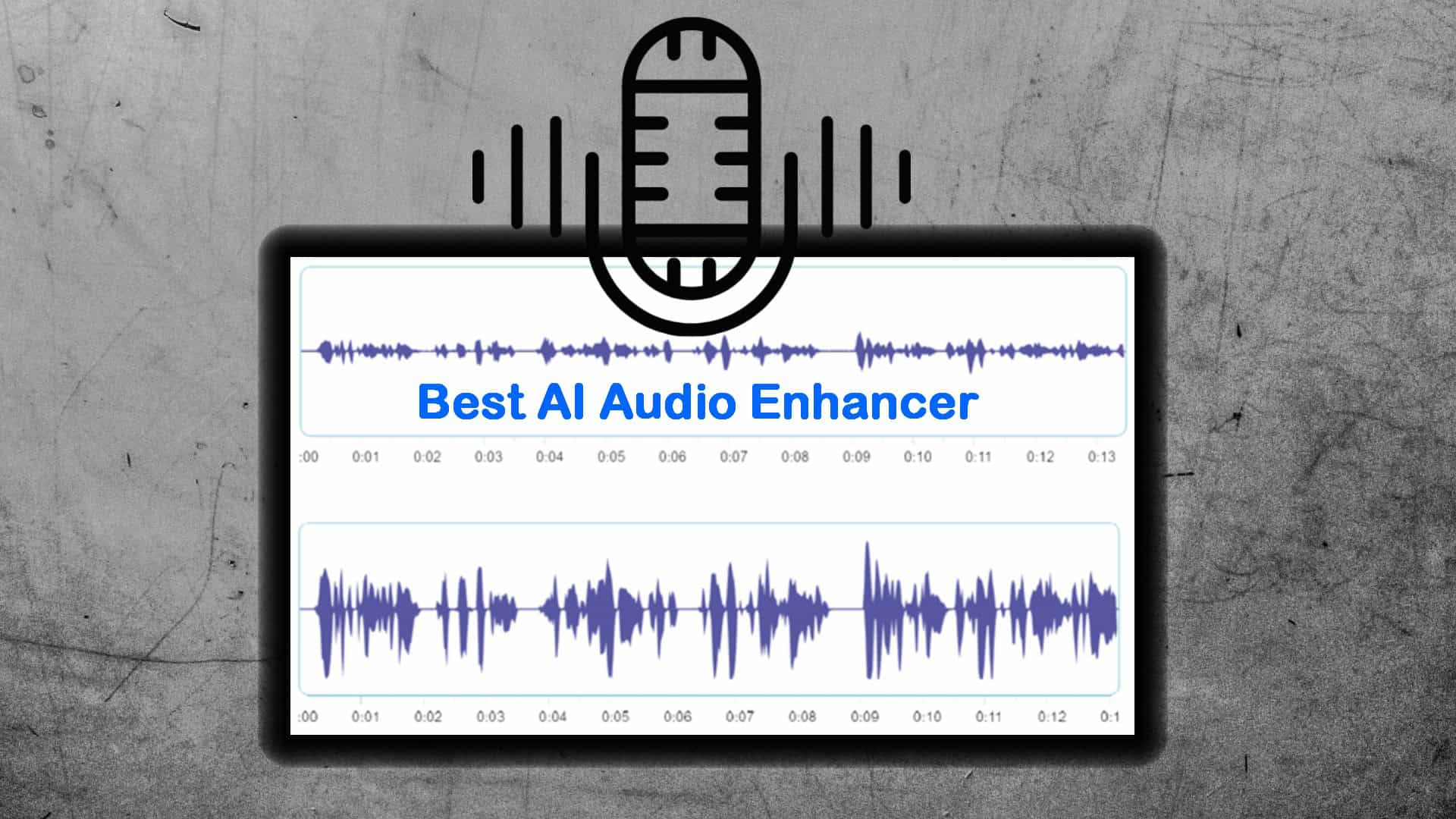
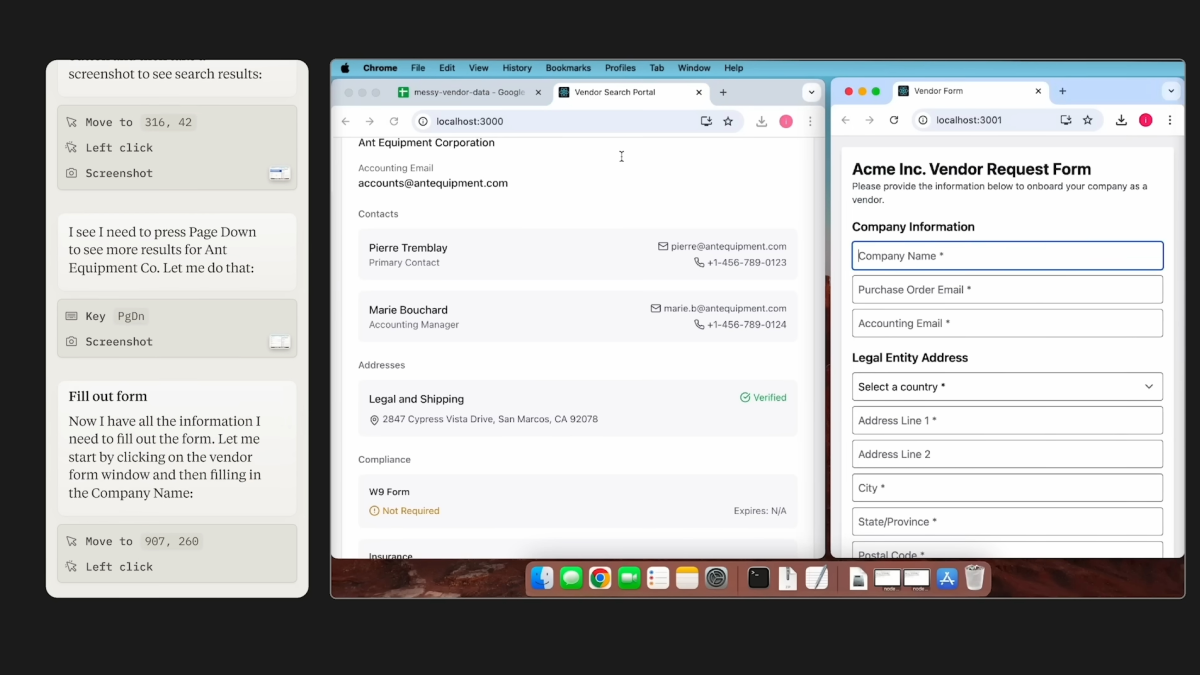
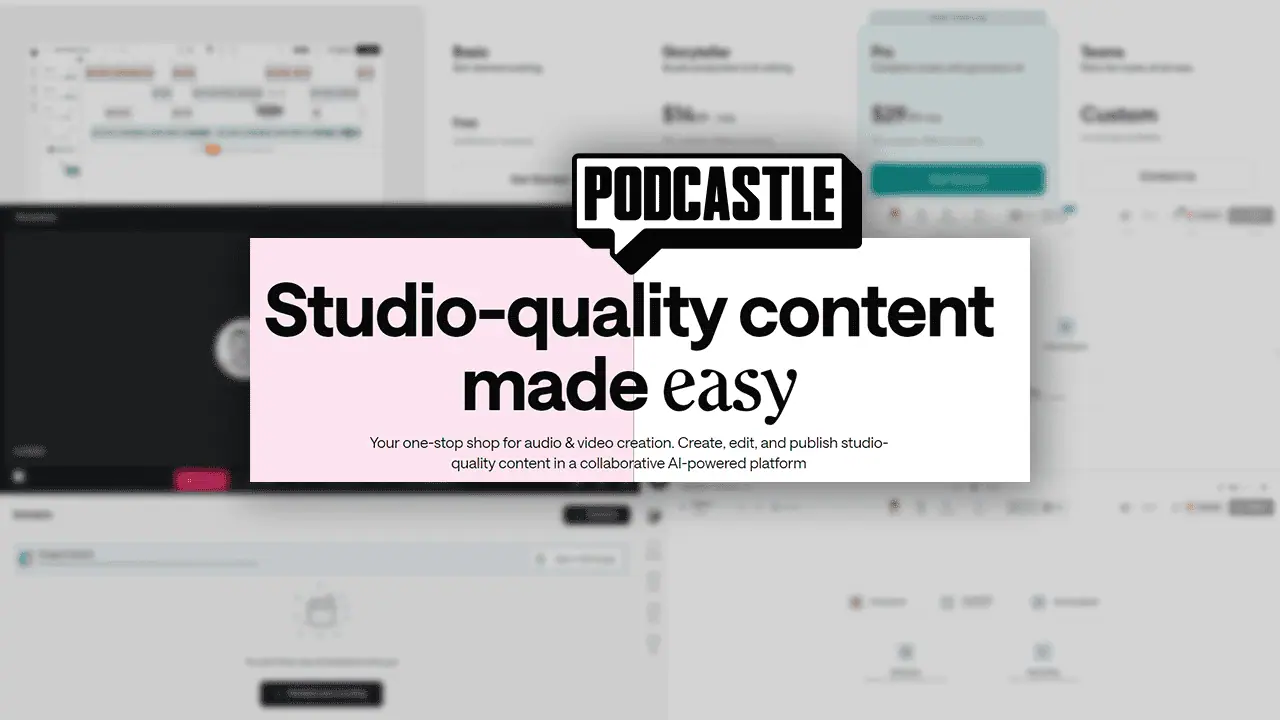
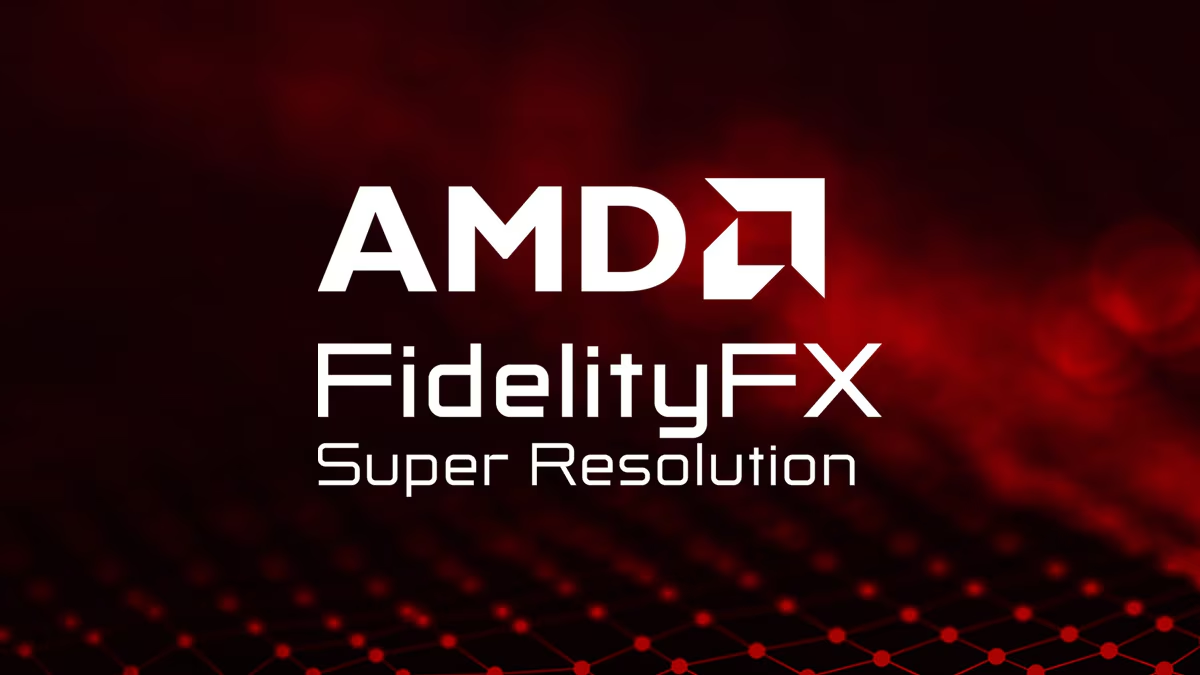
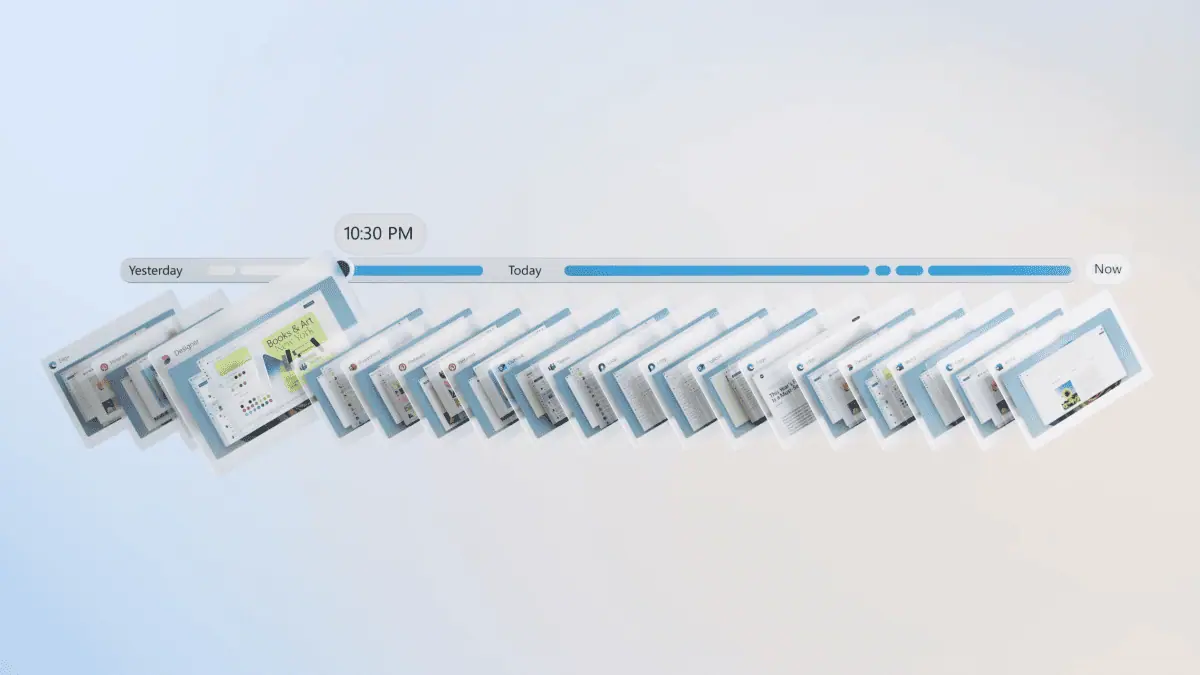
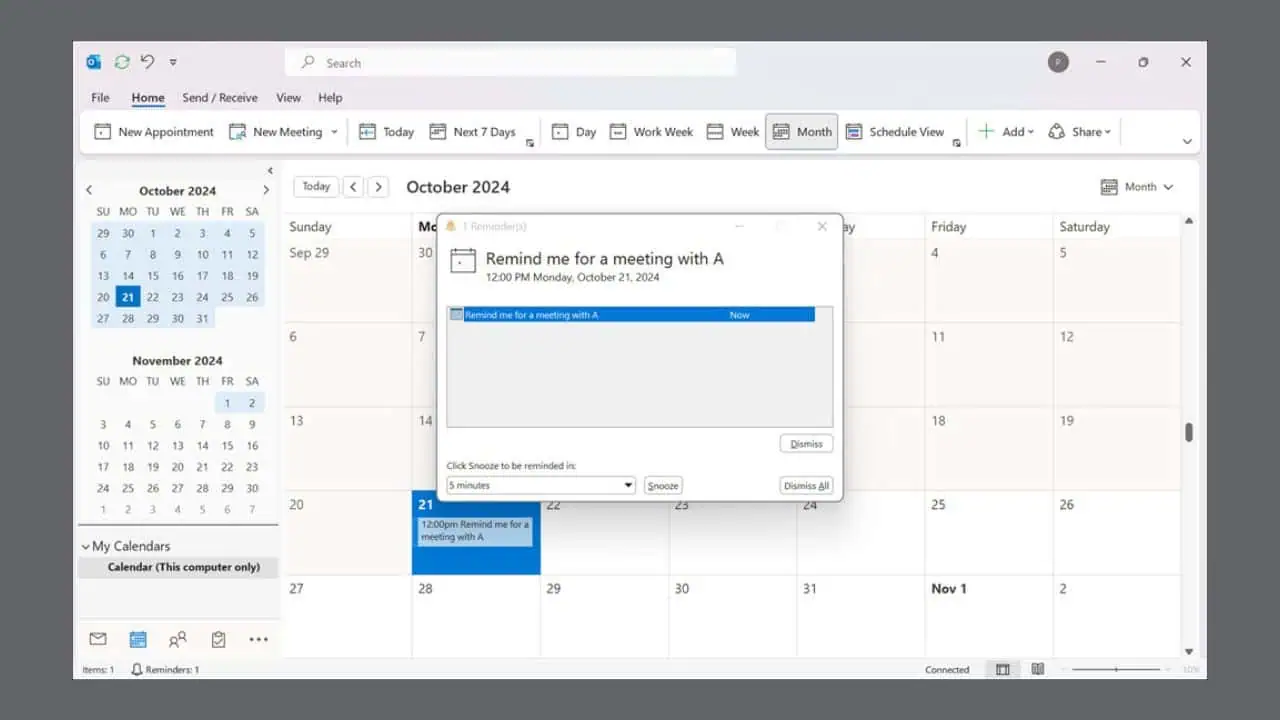
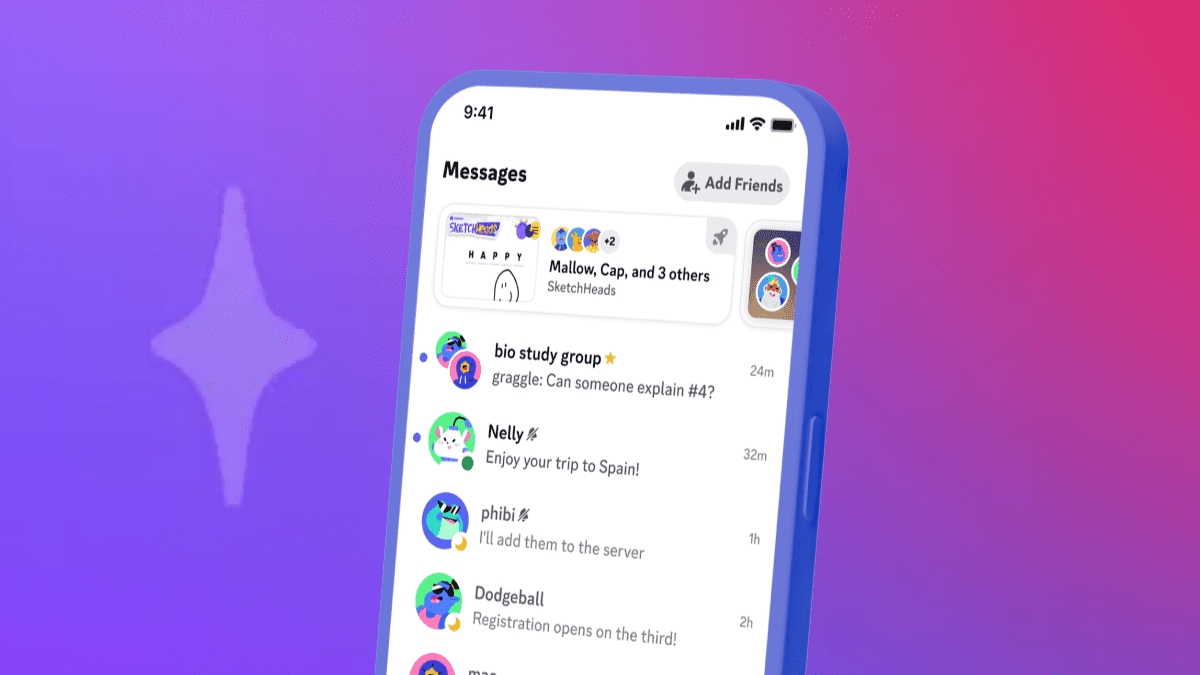
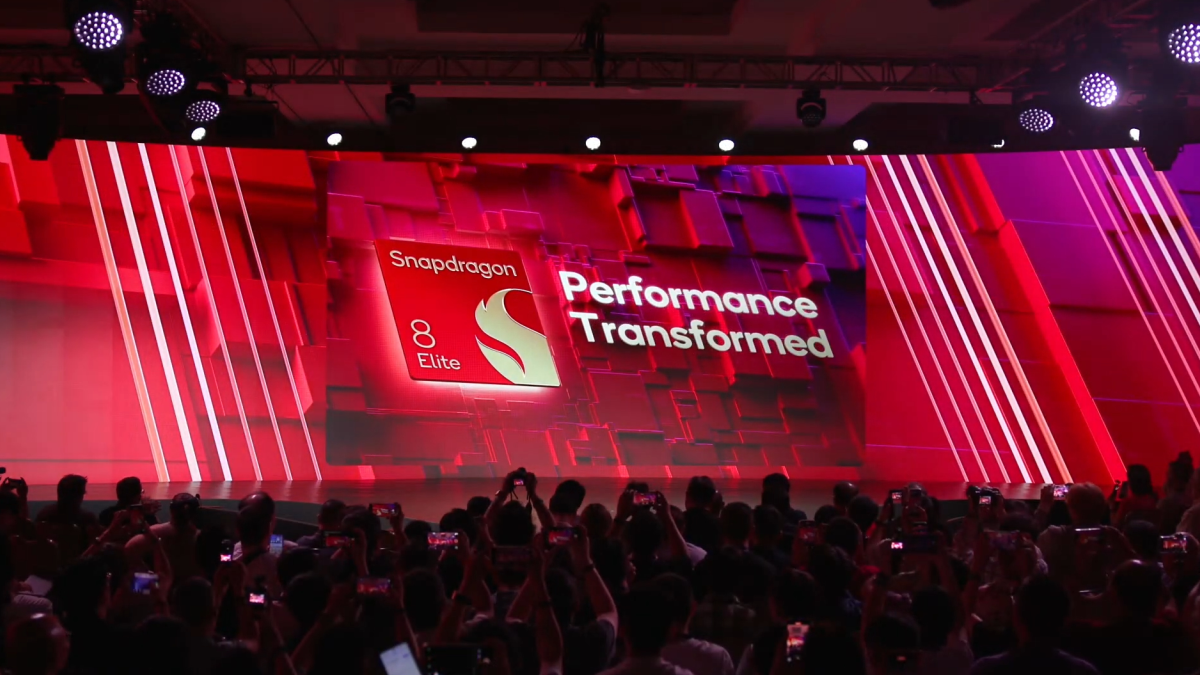
User forum
0 messages